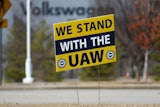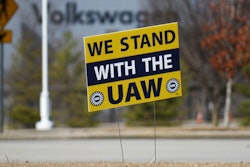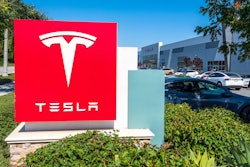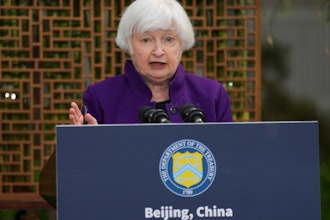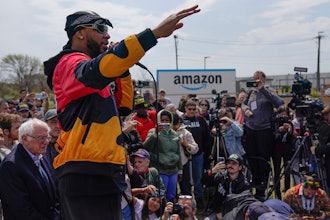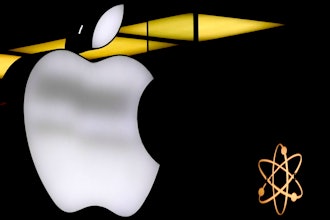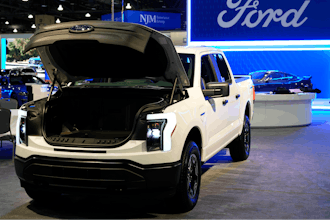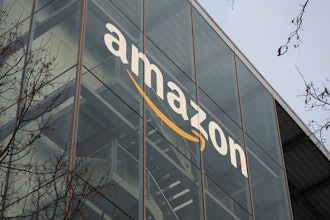Fueled by an initial burst of post-election optimism, hiring started out strong for manufacturers in 2017. While continued legislative stalemates are now slowing down things somewhat, the U.S. Department of Labor still reports an increase in manufacturing hiring as we end the year with a labor market in the midst of a mild upturn over 2016.
As we head into 2018, there several major economic trends with the potential to significantly impact your workforce planning throughout the upcoming year:
- Global Growth: After weaker data in the past few years, slow and steady growth is having a positive ripple effect with an improvement in U.S. manufactured goods exports.
- Softening Dollar: Compared to last year or the year before, U.S. products are becoming cheaper to foreign nations - again, increasing exports.
- Rise in U.S. business spending: After two years of flat sales, an increase in spending and inventories indicate better than previous optimism and confidence.
- Politics: As political realities settle in, hiring has gotten choppier over the last few months. If the proposed tax overhaul and reduction of corporate taxes does go through, expect to see tailwinds that once again fuel hiring in manufacturing.
Ways to Stay Ahead of Labor Challenges in 2018
With the convergence of these major trends, what should manufacturers do today to prepare for the coming year? Let’s look at some best practices in recruiting and training that can help you keep hiring on track and sustain a positive bottom line.
- Get proactive on hiring skilled talent: Talent shortages for roles such as electricians, machinists, welders, PLC technicians, mechanics, construction tradespersons, and engineers will persist for the foreseeable future. While this lack of skilled talent is one of the biggest challenges manufacturers face today, there are ways to get a jump on filling these difficult roles:
- Consider a broader pool of candidates and be more flexible on pay. Holding to yesterday’s standards, when there were more qualified people seeking employment, will not work today.
- Consider recruiting military Veterans for positions such as operations leadership, maintenance and maintenance management, and quality engineering and improvement. Many veterans already have the soft skills and technical expertise needed for manufacturing positions when they leave service.
- Use contract workers to alleviate the pressures of finding skilled labor. As the demand for skilled talent grows and potential employees seek more flexibility in their schedules, contingent workers will play a bigger role in 2018 and beyond. We are also seeing more baby boomers delaying retirement by finding opportunities to improve their lifestyle by working variable hours.
- Gain alignment between Hiring Managers and HR: All too often I have seen disconnects between Hiring Managers and their counterparts in Human Resources (HR) and Talent Acquisition (TA). Misaligned expectations can cause good candidates to be inexplicably rejected early by HR and TA, or it can cause poorly matched candidates to move to the next step and potentially erode the confidence and time of a Hiring Manager.
- Hire quality, train skills: During the Great Recession, companies had to dramatically cut training costs — if no one is hiring, there is no need for training. Today, the pressure to hire is on and companies that are proactive on improving their approach to hiring and training will be ahead of the market. Embrace on-the-job training and develop internal training and certification programs to build your pool of skilled talent. Typically, Hiring Managers are more open-minded on job descriptions than HR and TA presume because they know that they can train people with right basic profiles and positive attitudes.
- Leverage the new “stuff”: Using digital assessment tools, technical tests, matching tools and Artificial Intelligence systems can help smooth out communication and alignment issues between Hiring Managers and HR & TA as well as improve matching. Optimally used, they can truly save time and increase productivity. But if poorly used, they can negatively impact the flow of candidates. Case in point: The Houston Astros used data analytics and the experience and expertise of its scouts and coaches to generate a personnel plan that helped them win the recent World Series. The “new stuff” can help, but combine it with the calibrated eyes of experienced staff to hire the best talent.
While prevailing economic trends will continue to give rise to hiring pressures for years to come, the best bet for manufacturers is to be flexible and resourceful. For example, Boeing is looking to bring back "several hundred" retirees in Washington State in order to keep up with demand of commercial aircraft orders. Take advantage of advances in technology that can help open up the talent pool rather than being constrained to one city for hiring qualified HR or finance candidates or tapping rural labor pools. With the appropriate level of planning and resources, your ability to attract and retain talent can meet the demands of your business regardless of the challenges and opportunities 2018 brings your way.
Mike Starich is CEO of Orion Talent.
